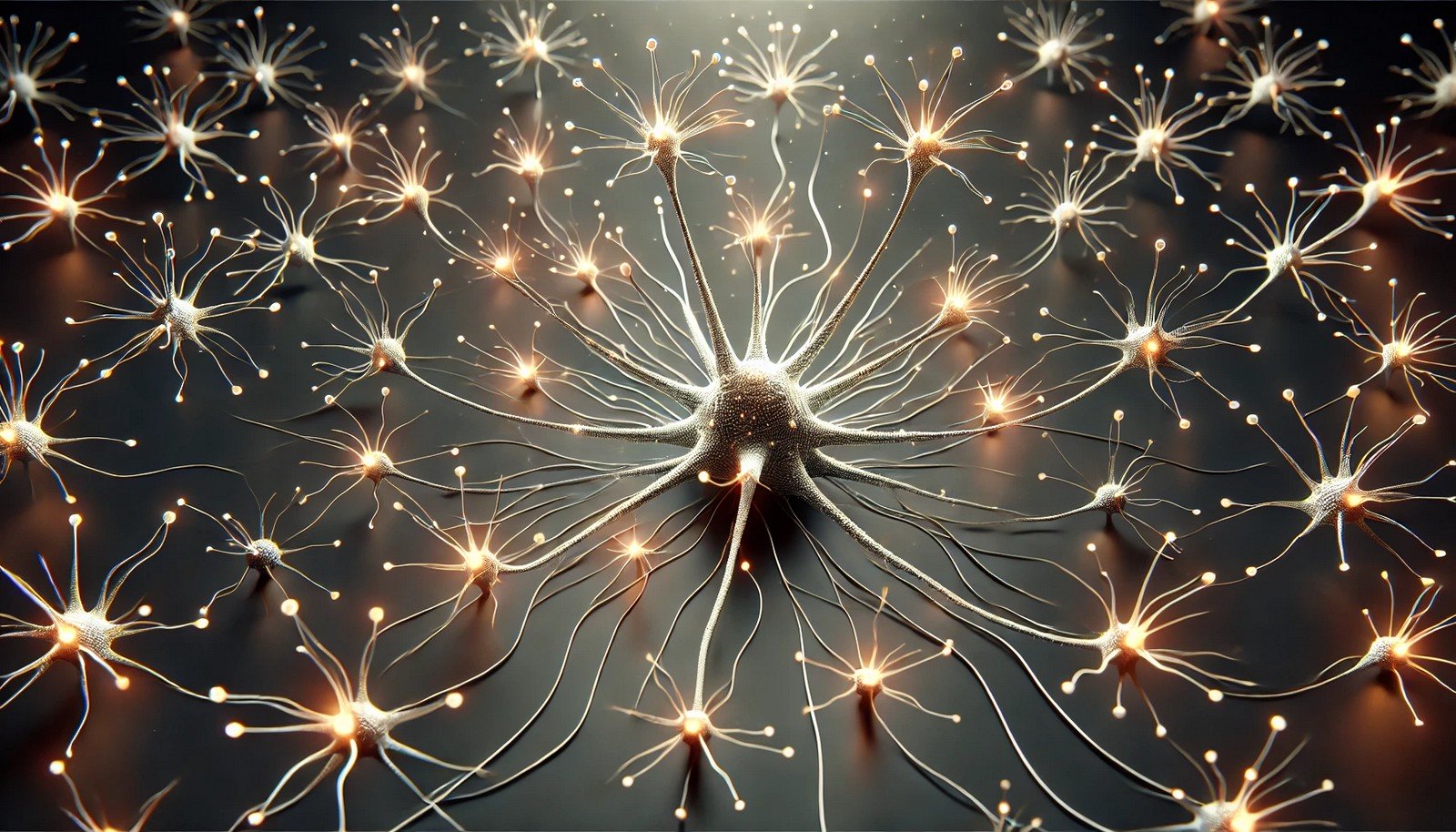Spiking Neural Networks (SNN)

Quick Navigation:
- Spiking Neural Networks Definition
- Spiking Neural Networks Explained Easy
- Spiking Neural Networks Origin
- Spiking Neural Networks Etymology
- Spiking Neural Networks Usage Trends
- Spiking Neural Networks Usage
- Spiking Neural Networks Examples in Context
- Spiking Neural Networks FAQ
- Spiking Neural Networks Related Words
Spiking Neural Networks Definition
Spiking Neural Networks (SNNs) are a form of artificial neural network that aims to replicate the temporal aspect of neuron firing in the brain. Unlike traditional neural networks, which process data in layers and rely on continuous signals, SNNs use discrete "spikes" of information, which are events rather than values. This enables SNNs to mimic biological neural networks more closely, capturing the timing and dynamics of neuron spikes, and making them valuable for neuromorphic computing and event-driven tasks. They are particularly advantageous in low-power and real-time applications, thanks to their event-based processing model.
Spiking Neural Networks Explained Easy
Imagine your brain works like a huge orchestra, where neurons are the instruments. Each neuron doesn't just play any note; it waits for the right time to play. Spiking Neural Networks are designed to work in a similar way, where information is sent as little "spikes" at the right moment, just like an instrument playing in time. This timing lets computers learn and think more like our brains!
Spiking Neural Networks Origin
The development of SNNs originated in the field of neuromorphic engineering, where scientists seek to emulate the brain's processing mechanisms in silicon. Advances in the late 20th and early 21st centuries, driven by computational neuroscience research, led to the development of SNN models to replicate neuron-level dynamics.
Spiking Neural Networks Etymology
The term "spiking" reflects the nature of the information transmission in these networks, where data is conveyed through discrete spikes, similar to neuron activity in biological brains.
Spiking Neural Networks Usage Trends
In recent years, SNNs have gained momentum due to advancements in neuromorphic hardware, such as IBM's TrueNorth and Intel's Loihi chips. Researchers are increasingly exploring SNNs for applications like sensory processing, robotics, and low-power embedded systems. Their ability to operate efficiently on event-driven data streams has made SNNs popular in edge computing and real-time applications.
Spiking Neural Networks Usage
- Formal/Technical Tagging:
- Neuromorphic Computing
- Artificial Intelligence
- Computational Neuroscience - Typical Collocations:
- "spiking neural network model"
- "neuron spikes"
- "spike-timing dependent plasticity"
- "neuromorphic hardware"
Spiking Neural Networks Examples in Context
- Spiking Neural Networks are used in robotics to process sensory data efficiently and in real-time, allowing for responsive, adaptive behaviors.
- Some edge devices, like smart sensors, leverage SNNs to analyze data without needing continuous internet connectivity, saving power.
- In neuroscience, SNNs help researchers simulate and study brain circuits, providing insights into memory formation and neural coding.
Spiking Neural Networks FAQ
- What are Spiking Neural Networks?
Spiking Neural Networks are AI models that emulate neuron behavior by sending information as discrete spikes, similar to how neurons work in the brain. - How are SNNs different from traditional neural networks?
Unlike traditional neural networks, which use continuous signals, SNNs rely on event-driven spikes, capturing timing information in data processing. - What are common applications of SNNs?
Applications include robotics, brain-machine interfaces, sensory processing, and energy-efficient computing. - What is neuromorphic computing?
Neuromorphic computing designs hardware and software based on the structure and functioning of the human brain, often leveraging SNNs. - Why are SNNs suited for low-power applications?
Due to their event-driven design, SNNs only process information when spikes occur, reducing power consumption. - Are SNNs currently used in consumer devices?
Not widely; they are primarily used in research, robotics, and specialized devices but have potential for future consumer applications. - How do SNNs contribute to AI research?
SNNs offer insights into more brain-like processing, contributing to advancements in AI, especially for tasks needing real-time and adaptive responses. - What challenges do SNNs face?
Challenges include the complexity of training SNNs and limited neuromorphic hardware to support them. - Can SNNs be integrated with traditional AI models?
Yes, hybrid approaches combine SNNs with conventional neural networks to leverage both event-driven and continuous data processing. - What is spike-timing dependent plasticity (STDP)?
STDP is a learning rule for SNNs, where the timing of spikes between neurons affects the strength of connections, similar to learning in the brain.
Spiking Neural Networks Related Words
- Categories/Topics:
- Neuromorphic Computing
- Artificial Intelligence
- Neuroscience
Did you know?
IBM’s TrueNorth chip, inspired by Spiking Neural Networks, was a major step forward in neuromorphic hardware, featuring one million neurons and 256 million synapses. This technology opened new avenues in low-power computing for AI.
PicDictionary.com is an online dictionary in pictures. If you have questions or suggestions, please reach out to us on WhatsApp or Twitter.Authors | Arjun Vishnu | @ArjunAndVishnu

I am Vishnu. I like AI, Linux, Single Board Computers, and Cloud Computing. I create the web & video content, and I also write for popular websites.
My younger brother, Arjun handles image & video editing. Together, we run a YouTube Channel that's focused on reviewing gadgets and explaining technology.



Comments powered by CComment